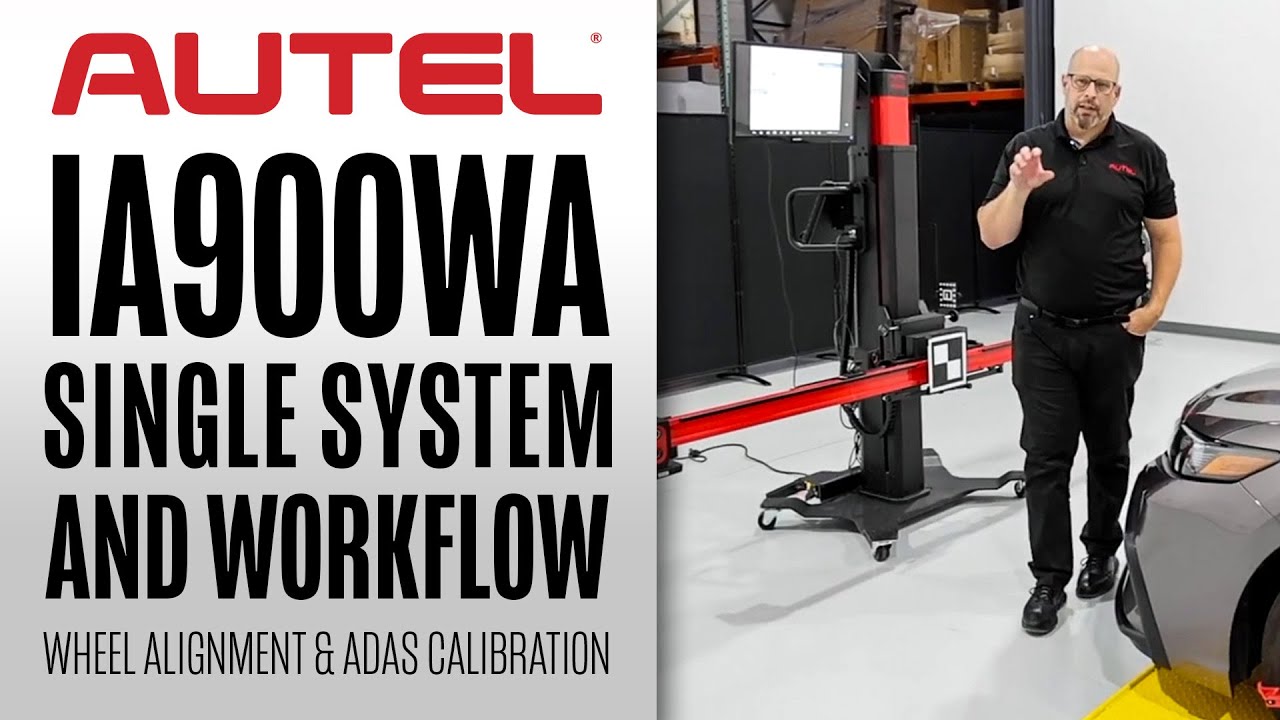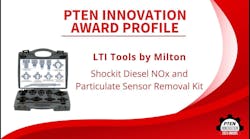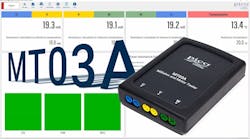Counter professionals are often responsible for helping customers who may need some extra help purchasing the correct brake parts, so they must understand that brake pad recommendations should be specific to each customer’s vehicle type and driving applications. This is especially important as adoption of electric vehicles has increased in recent years and will continue to climb in years to come. To help counter pros navigate this changing automotive landscape, we’ve compiled a few important points to consider when making a recommendation for replacement brake pads that will be used on an EV, and the importance of choosing a high-quality option.
Vehicle Weight
The primary difference between internal combustion engine (ICE) vehicles and EVs, as it relates to brake pads and the braking system, is the vehicle’s weight. Although EV batteries are extremely heavy, making the vehicle weigh as much as several thousand pounds more than a comparable ICE vehicle, their brake pads are often surprisingly uncompromised thanks to regenerative braking. Because regenerative braking technology allows energy to be saved with each stop of the EV, the brake pads experience less wear and tear. This allows for EVs to need brake pad replacement nearly half as often as its comparable ICE vehicle. In fact, a more common reason for brake pad replacement when it comes to EVs is actually corrosion and/or impact on the friction surface from environmental factors.
With the extra weight and wear, you will likely want to recommend that your customer purchases a high-quality brake pad that can withstand the extra demand of that added weight. Ceramic friction material is a great recommendation that balances quality with performance and safety.
Regenerative Braking
A common misconception with EVs is that regenerative braking eliminates the need to have brake pads altogether. This is not true for several reasons. While regenerative braking significantly reduces the need for friction alone to carry out a braking event, brake pads are still necessary, and should not be overlooked. Brake pads are still needed to stop the vehicle in emergency situations or at high speeds when regenerative braking is insufficient, and to help stop the vehicle when it’s moving at slow speeds.
This is a great opportunity to educate your customer on the purpose of regenerative braking, how it works within the vehicle and why it is essential to not skimp out on the quality of their replacement brake pads.
Brake Noise
Finally, it is well-known that EVs are nearly silent when they are running, providing a significant noise reduction in comparison to ICE vehicles. If outfitted with lesser-quality brake pads, the braking system may emit a sound when the brakes are activated. This could be a sound that is easily overlooked on an ICE vehicle but creates significant distraction and dissatisfaction when it occurs on an EV. To combat this, guide your customer toward investing in a higher-end ceramic brake pad, as they are often the quietest option, among other desirable characteristics.
With EV brake pad replacement, all signs point to quality as the top criteria you should be focusing on when making a recommendation for your customer. Whether the concern is stopping power, noise reduction or pad longevity, a ceramic brake pad is likely the best option for your EV customer.
For more helpful articles, videos and installation procedures to help both auto technicians and counter professionals, visit the ever-growing ADVICS technical resources library.






















































